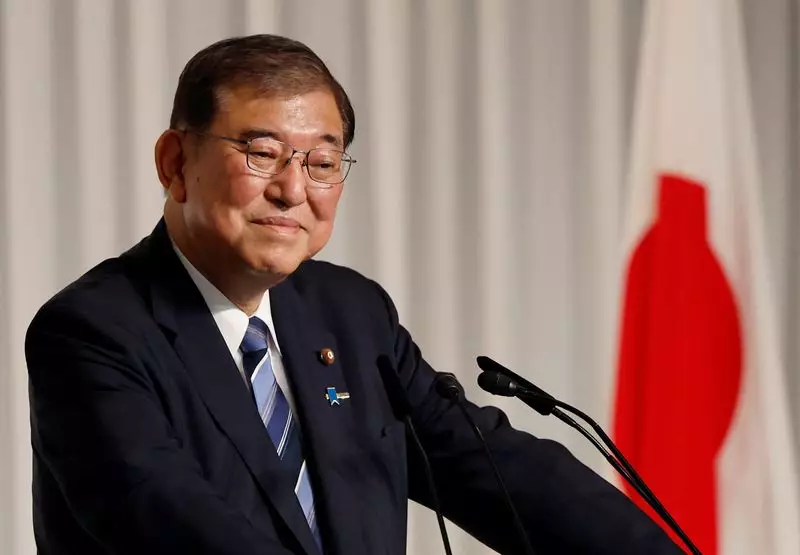The political landscape of Japan has recently been reshaped with the ascension of Shigeru Ishiba as the incoming Prime Minister. His victory in the ruling Liberal Democratic Party (LDP) leadership race positions him to influence not only domestic policies but also the economic framework that governs Japan’s financial system. Ishiba’s stance on monetary policy signals a possible shift towards a more stable fiscal environment—balancing the need for growth while addressing the long-standing issues of inflation and stagnation.
Monetary Policy Under Ishiba
In his inaugural comments as LDP leader, Ishiba emphasized the continuation of a loose monetary policy. However, he also indicated an openness to gradual adjustments in interest rates, which have been held near zero following extensive stimulus efforts by the Bank of Japan (BOJ). This approach appears to be a balancing act—supporting the need for economic dynamism while allowing the central bank flexibility to address inflationary pressures.
Ishiba acknowledged the BOJ’s primary role in managing price stability and asserted that he would not interfere with their decision-making as they navigate the complexities of stimulus reduction and potential rate hikes. His disposition towards respecting the central bank’s independence could signal a thawing of previous political tensions that often complicated monetary policy decisions.
The legacy of “Abenomics,” introduced by former Prime Minister Shinzo Abe, has defined Japanese economic policy for nearly a decade. Ishiba’s victory marks a notable departure from this framework. Analysts believe that with Ishiba at the helm, the influence of Abenomics could wane, paving the way for a more rounded economic strategy. The transition hints at a broader view of economic health—one that prioritizes wage growth, consumption, and overall household welfare.
By stressing the need for the economy to “fully emerge from deflation,” Ishiba sets a renewed focus on revitalizing consumption, a critical component for driving economic growth. His assertions reflect a deep understanding of the challenges faced over the previous two decades—characterized by stagnating GDP and muted wage gains compared to rising living costs.
Challenges of Inflation and Economic Stagnation
Japan’s intricate economic landscape is replete with challenges, particularly with respect to inflation that has outpaced wage growth. Ishiba’s recognition of the need to protect households from rising costs is particularly prescient. The implications of global economic uncertainties and inflation necessitate not just reactive measures but a well-crafted plan that considers sustainable growth pathways.
Considering these challenges, Ishiba’s implementation of fiscal stimulus—if deemed necessary—could provide the short-term relief required for households grappling with rising prices. Economists anticipate that his administration will prioritize a supplementary budget aimed at alleviating the burden of increasing food and fuel expenses, illustrating a shift toward pragmatic economic management.
As Japan transitions into this new leadership era, the call for a fresh economic outlook becomes imperative. Ishiba’s commitment to fostering wage growth and boosting household income underlines a critical understanding of the economic cycle—realigning incentives to shift from stagnation to recovery.
His leadership could represent a pivotal moment in the economic history of Japan, responding to calls for change with actionable policies. Although Ishiba’s path may be fraught with difficulties, his ability to align monetary policy with fiscal measures could create a more holistic economic strategy.
As Japan braces for Ishiba’s leadership, the economic future appears to hinge on a careful interplay between monetary policy and fiscal stimulus. With a focus on alleviating household pressures, Ishiba’s administration may carve a distinctive path away from the sharp-edged austerity of Abenomics towards a more balanced and citizen-friendly economic approach. Observers will keenly watch whether his policy implementations can effectively restore consumer confidence and spark sustainable growth in a nation long burdened by economic lethargy. The potential for revitalization exists; it will be up to Ishiba and his government to harness it wisely.

